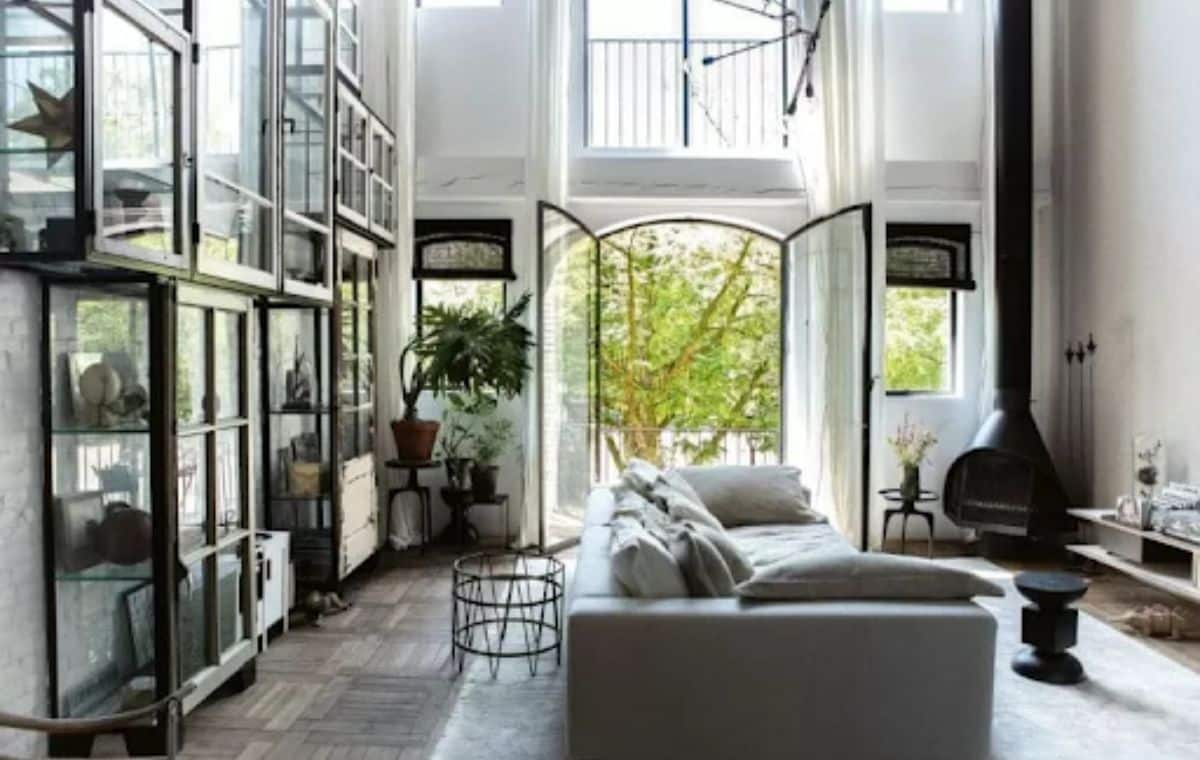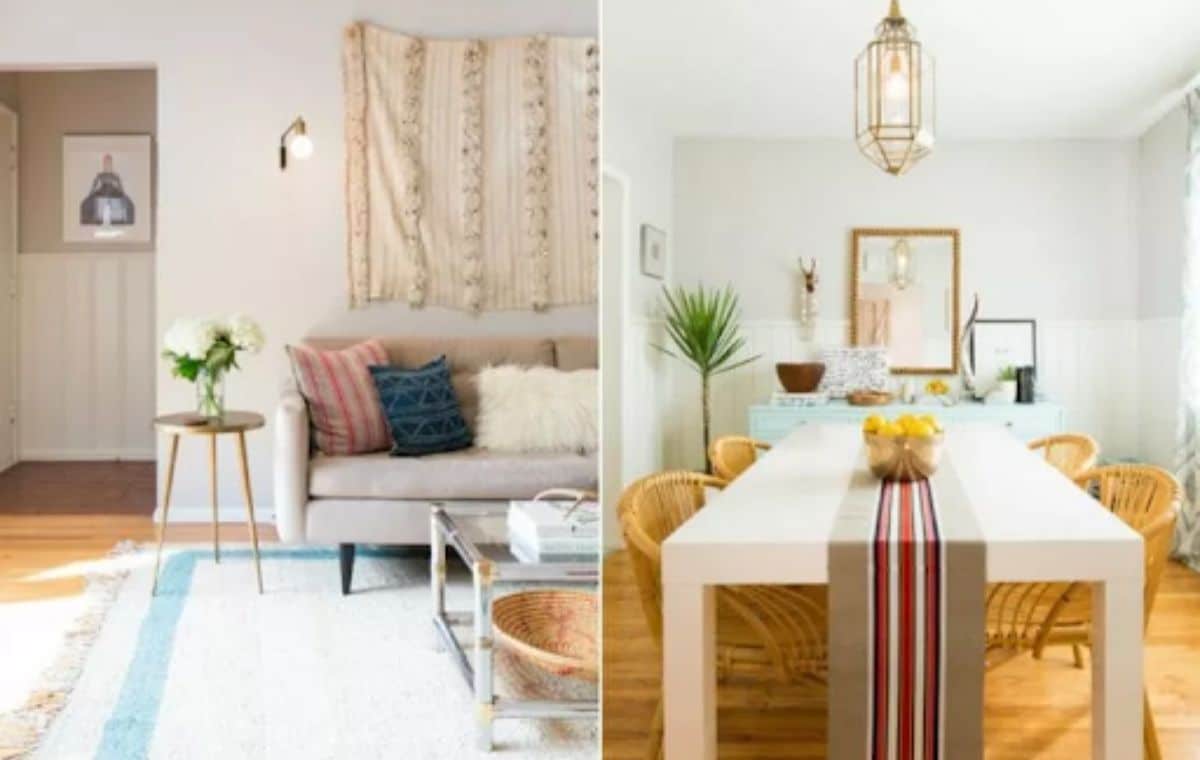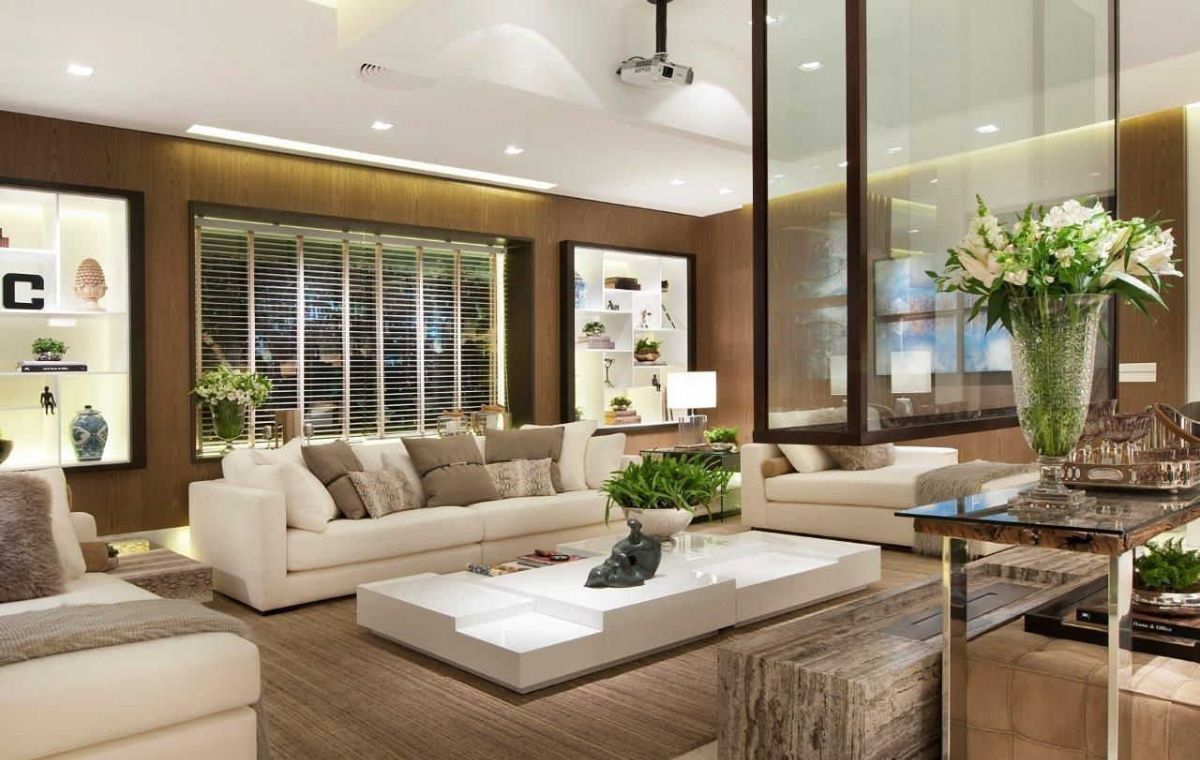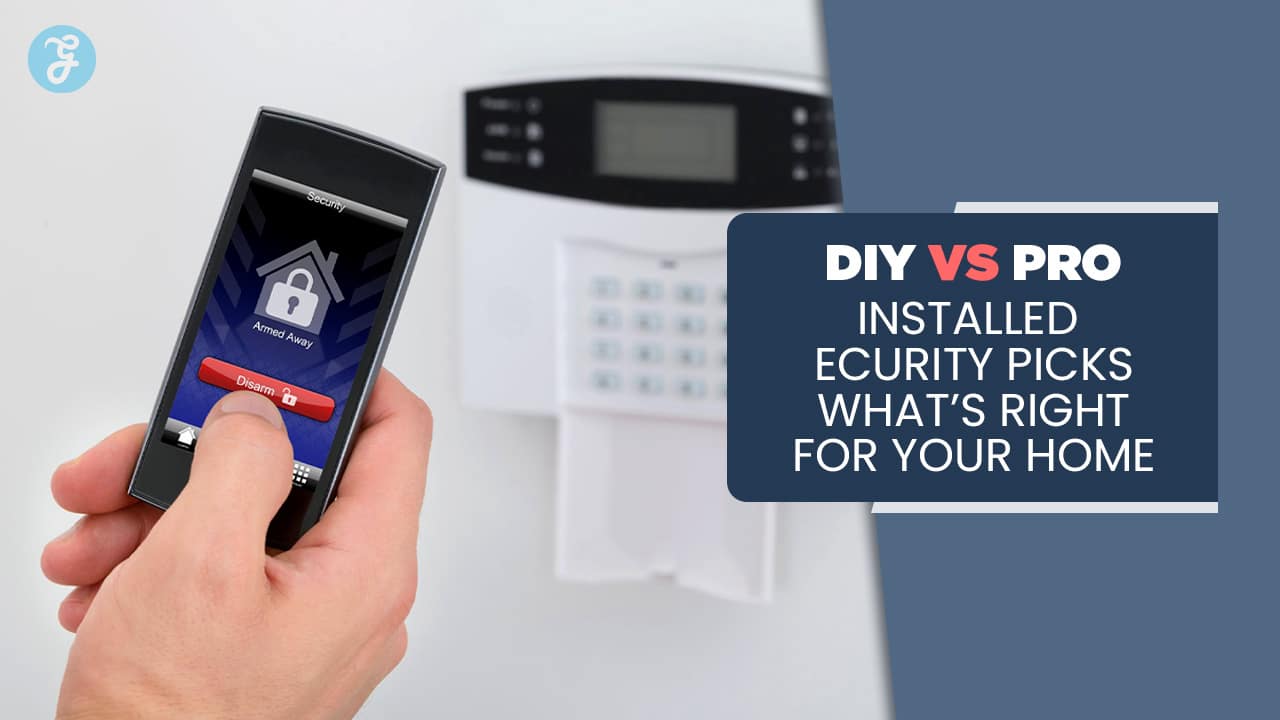There’s more to making a house seem like a home than meets the eye. It is not always simple to put a place together and modify its qualities to make it practical, elegant, and cozy.

There are several factors to consider, ranging from determining what paint works best in different spaces to lighting options and furniture placement. That is when an interior designer’s assistance and experience come in handy. Making a house interior design that you love may be a rewarding experience. All you need is the advice of an interior design, which is easy to get by.
Whether you’re remodeling a whole house, cleaning up the kitchen, or adding a dash of color to a living room, this handy DIY and decorating tips should not be overlooked. Vanessa Arbuthnott, a leading interior design, gives her creative tips and secrets to obtain insider information for renovating houses.
Tips for Interior Design you Should Know

With our best interior design tips, you can get ahead of the crowd with home décor ideas and guidance from the most recognized designers, and discover how to apply the current interior design trends to every space.
1. Add Character with Upholstery and Rugs
Decorating ideas does not have to be time-consuming: it is possible to fully alter a temporary house without painting the walls. Use patterned carpets and upholstery instead. Combine with unusual artwork and accessories to create a cheerful and inviting style.
‘Our clients wanted to infuse their rental with their own character and commissioned us to furnish the property in a colorful and stylish way,’ explains Samantha Todhunter (opens in new tab).
‘The blank canvas allowed us to express our studio philosophy – a new tradition combining classic interior design, elegant finishes, and, of course, an exuberant use of color!’ The end product makes our clients happy because they have an environment that they can pack up and remake wherever they go, and it will always seem new.’
2. Use a Mural as a Headboard
Wall mural ideas provide attention in a room and may radically enhance a simple area. A dramatic bedroom wallpaper behind a bed, for example, makes a focal point, while scattering pillows in a small-scale interior design in one of the prominent colors completes the effect.
‘The master bedroom’s accent color is aqua blue, a powerful hue that merges with the attitude that the master bedroom should be the most calming area in the house,’ Natalia Mylar adds (opens in new tab). ‘A botanical Fromental(opens in new tab) wallcovering creates a focal point behind the master bed, complimenting the rich blue velvet furnishings. The space is refreshed with crisp, fitted items and white accents.’
If you have a large enough budget, you may order wallpaper and murals to match your scheme completely; alternatively, there are several internet businesses that can scale their patterns to fit the proportions of your space.
3. Paint on a Pattern
Consider upcycling a piece of furniture with a creative paint method as a bedroom paint concept. This is not only excellent for the environment, but it also allows you to use your creative muscles.
‘Painting is undoubtedly the ideal form of DIY – a coat of color not only improves the beauty of your house but picking up a paintbrush is also incredibly peaceful,’ explains Annie Sloan (opens in new tab).
‘Adding a stripe or two to your lampshades and vases, or renovating an old chest of drawers, the smallest bursts of color and design can breathe new life into your house.’
4. Go Big in Small Spaces
Although the downstairs bathroom is the smallest room in the home, it is not without a pattern. In fact, the powder room is the ideal place to go all out and mix prints.
‘Pattern and color are essential components of our design,’ explains Lucy Barlow, creative director of Barlow & Barlow (opens in new tab). ‘Mixing patterns always brings a space to life and makes a pleasant home!’ We like to mix busy blooms with plain stripes since they balance each other out while still adding interest. Experiment with contrasting materials as well, such as a colorful wallpaper next to entertaining tiles. When it comes to patterns, smaller areas like a bathroom are the greatest locations to start.’
5. Wallpaper the Whole Room
Take a risk with your décor and cover all of your walls with the same wallpaper rather than just one. Match your window decor in a little smaller print to go even further. It’s either go big or go home.
‘Going bold with your walls is a simple way to incorporate color to any environment,’ explains Emma Deterding, creative director and creator of Kelling Designs (opens in new tab). ‘Whether you select a stunning, brilliant paint color or a wallpaper in a vibrant tone, you may quickly and simply change a space. The idea is to pick something you like and cover all of the walls rather than just one.’
6. Merge Horizontal and Vertical Stripes
Make a visual effect with stripes of varying sizes on a horizontal and vertical plane. The stripes across the fireplace make the room appear larger, while those along the wardrobe make it appear taller. This exact pattern application is both utilitarian and attractive.
‘We wanted to create a setting that felt cheery and engaging but could also endure the test of time,’ explains Andrew Griffiths of A New Day (opens in new tab). ‘The yellow closet adds a splash of brightness against the soft stone walls. While the contrast of its strong vertical lines with the broad gloss-painted horizontal stripes of the chimney adds a fun touch.’
Fortunately, you can use this décor idea on any surface in your home, including the walls, floor, ceiling, furniture, and decor. Begin with fabrics such as scatters, rugs, and throws, then on to furniture and even your interior design.










































